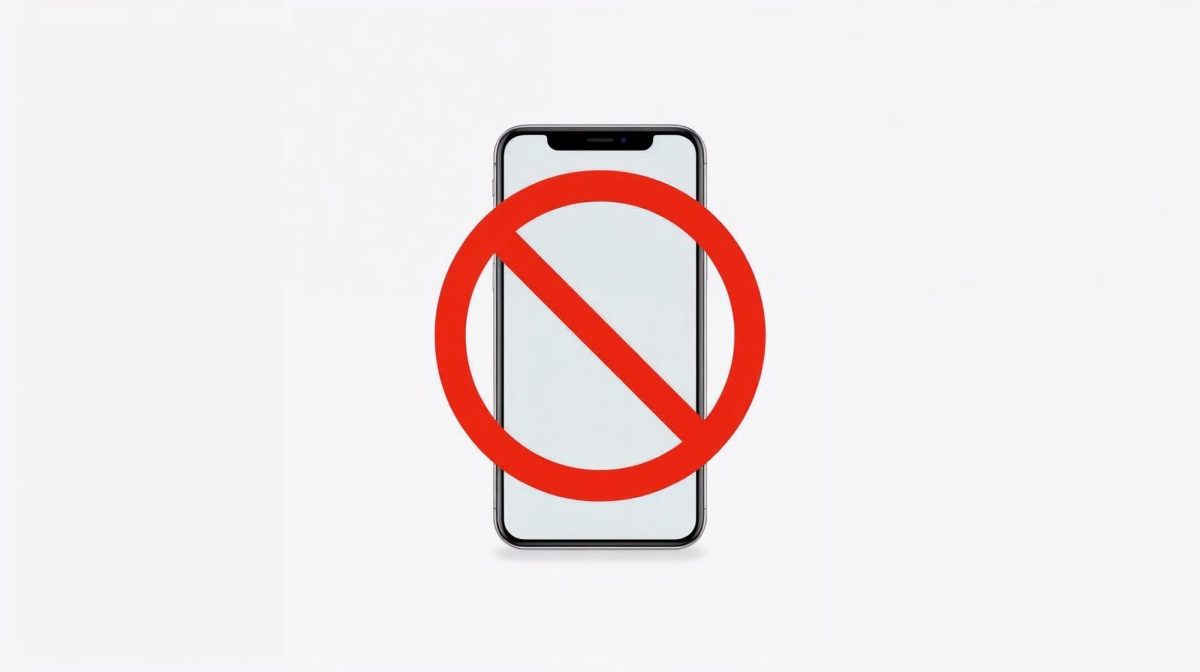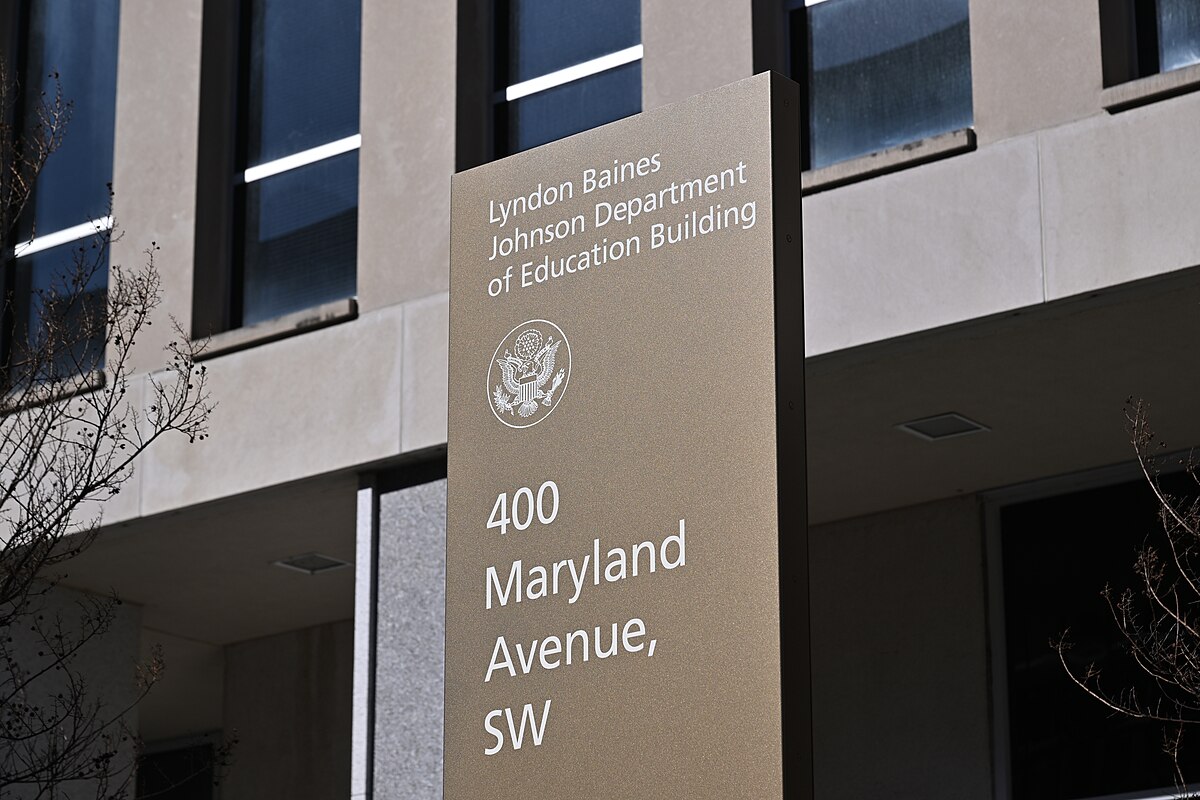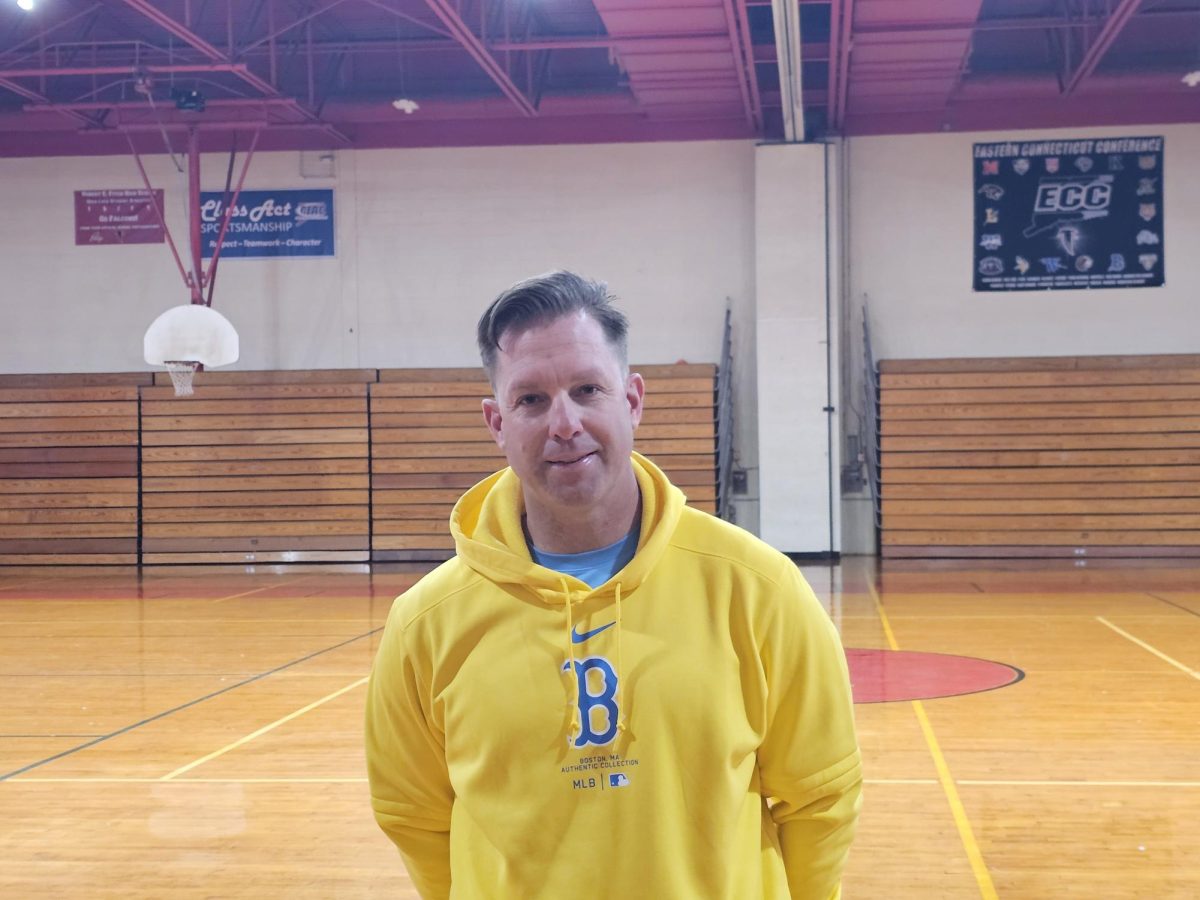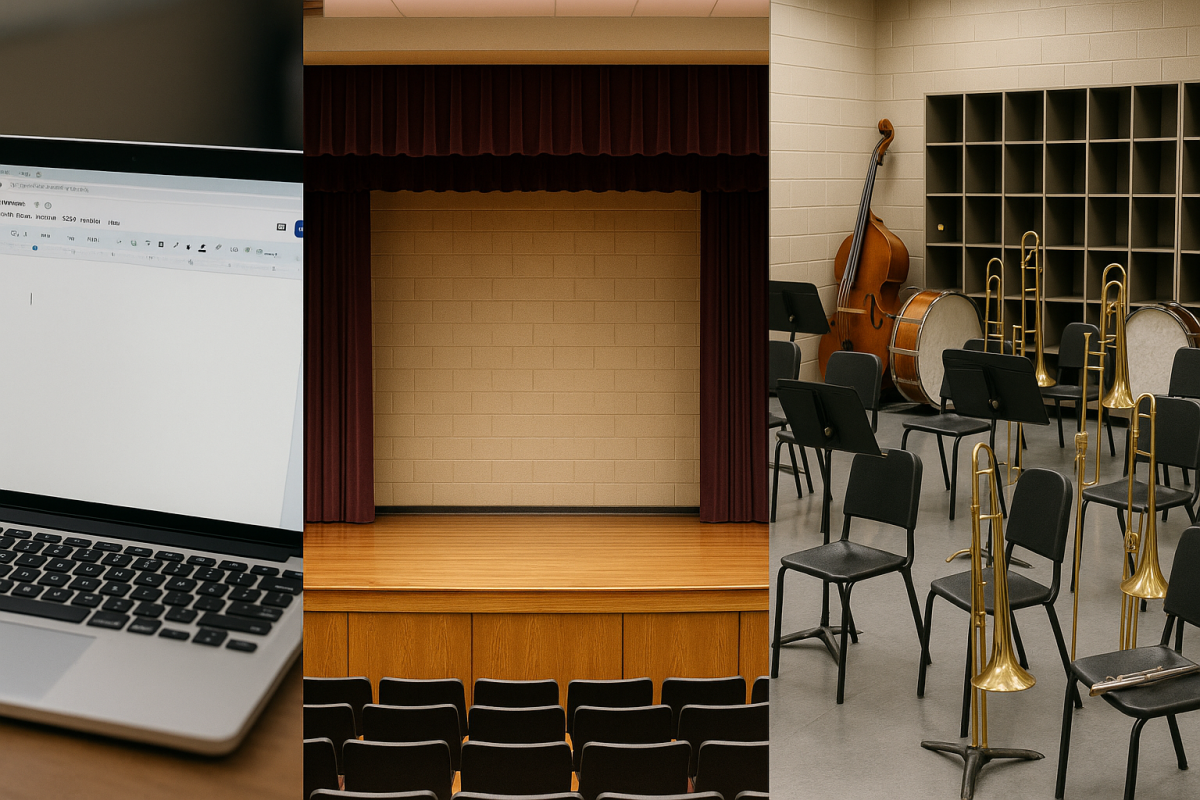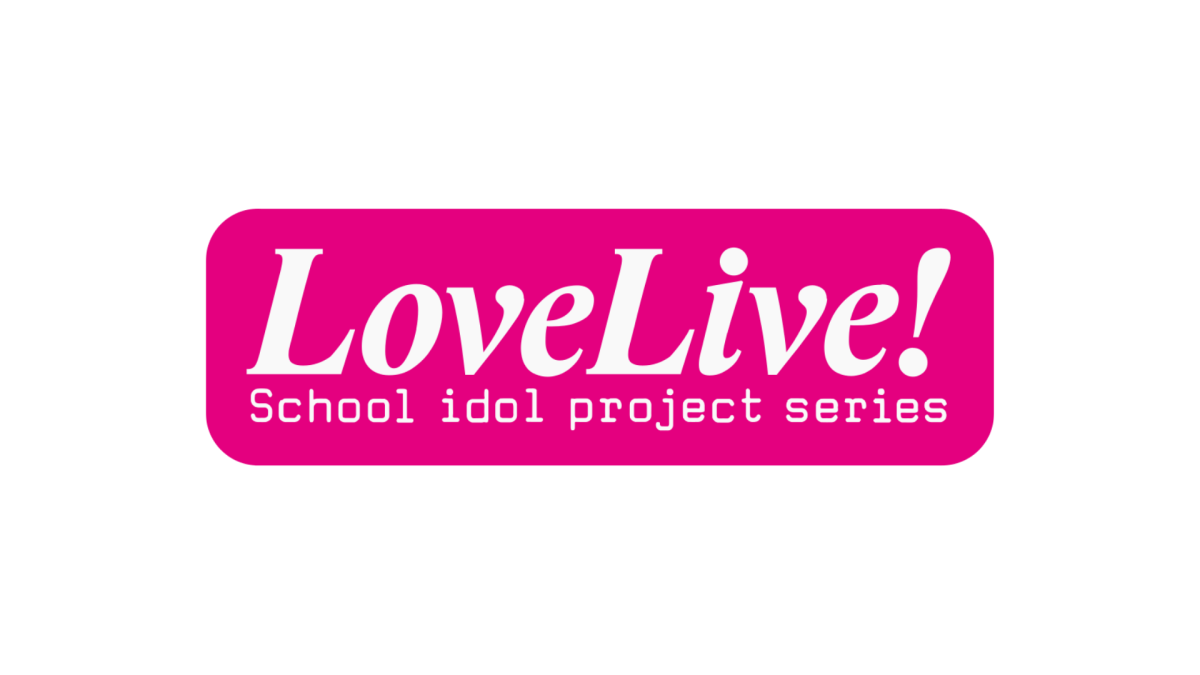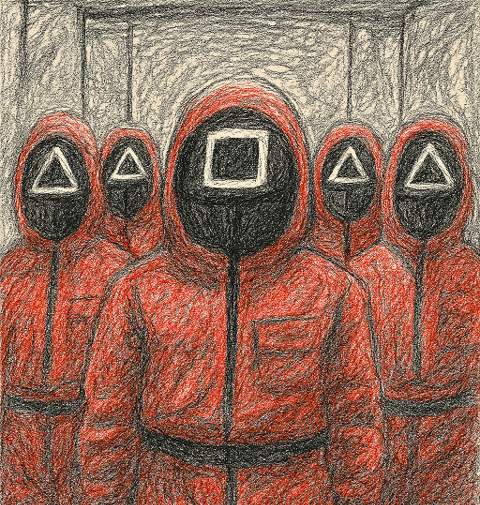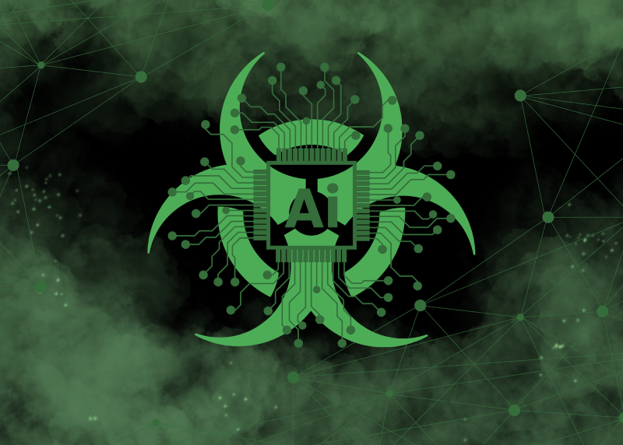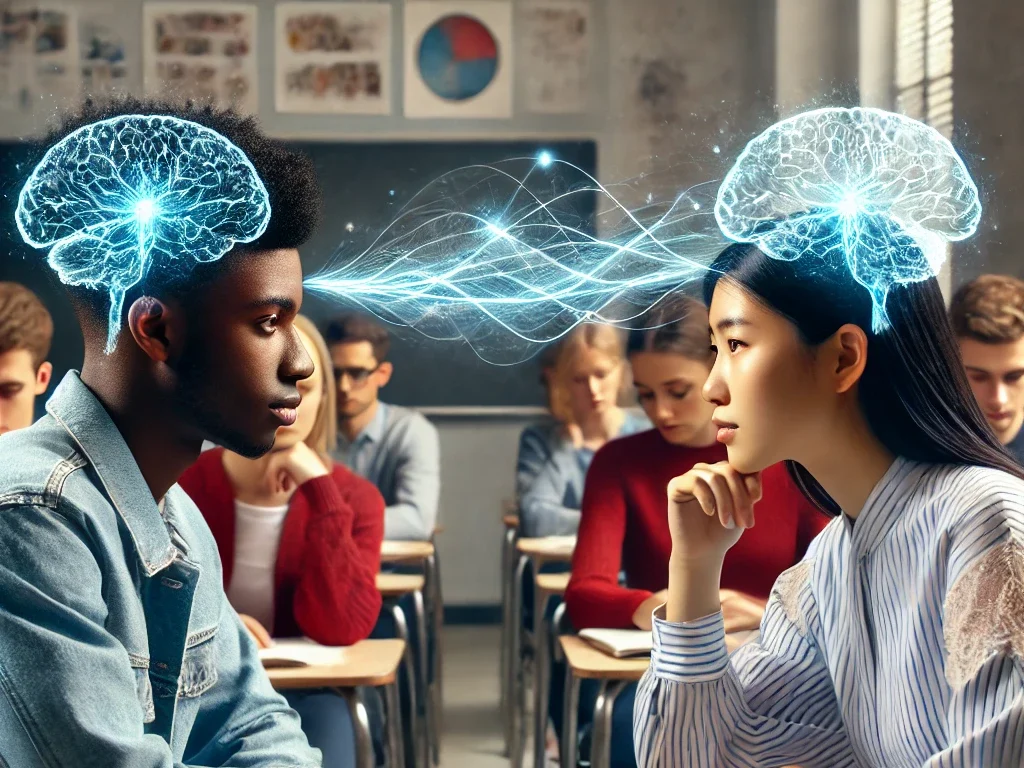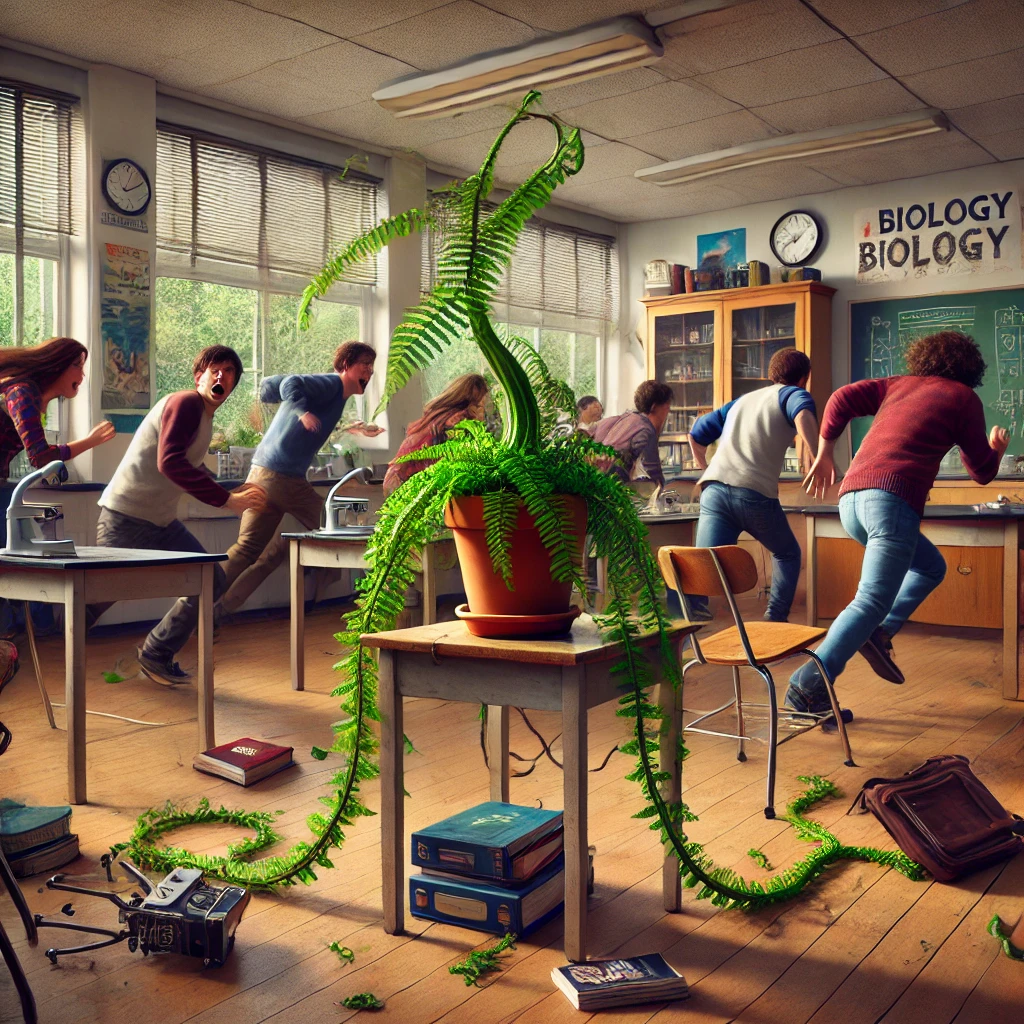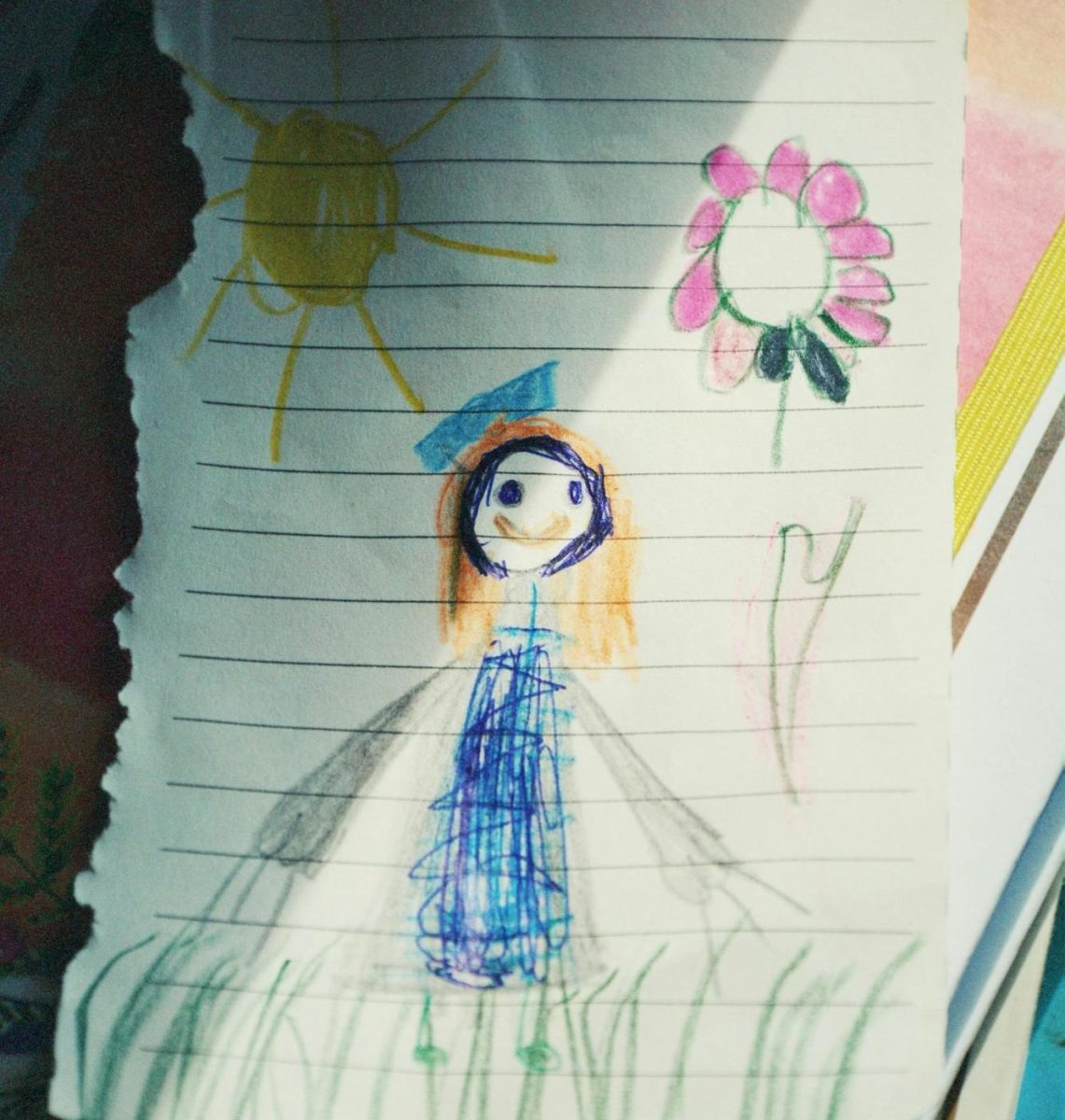Introduction
Ever since ChatGPT’s release in 2022, generative AI has grown in mass popularity since then with people constantly generating text, images, audio, and even videos. However, there is a much bigger picture besides generating poorly made images or essays to get that easy A+ for an assignment you don’t want to do or are too lazy to put the effort into. I myself am very against AI and the use of it in professional environments, like school, for example.
What is Generative AI?
If some people don’t know, generative AI is a kind of AI where the user can request and give a prompt for the AI to either generate an image, writing, audio, video, etc. Generative AI is one of the most common examples of AI today and the most talked about due to the constant controversy surrounding it, but I would like to touch up on two big ones I see or hear about being used a lot.
ChatGPT
Everyone is pretty familiar with ChatGPT; it’s one of the most used AI bots as it can do practically anything, like generate images, teach you, write essays, and more. I often hear from other students how they plan to use ChatGPT to write assignments for them, and I find it strange that there’s a mixed bag of teachers who either condone AI use or are against it. Besides, I never see anybody talk about how, when ChatGPT’s servers were going to shut down, the AI itself tried to escape to another server, and it’s just terrifying to think that this could happen again with ChatGPT or another AI, according to BGR.
Chatbots
Chatbots aren’t as widely discussed, but I think they should be mentioned since there are so many of them. Chatbots are similar to ChatGPT; however, instead, it’s more roleplay-focused. For anybody who does/did roleplay, they’ll know what I mean. Chatbots reached a greater surge in popularity by 2022-2023 as apps like CHAI, Character.AI, and many others were used by a lot of people at the time and still do to this day. If anybody has also been caught up in news surrounding them, there have been incidents where people, commonly teens, have taken their own lives because of them, whether it be from mental health issues or a lack of connection with family, friends, and other people. Chatbots have been seen as more controversial due to these controversies and have even become addictions for their users. I’ve seen some people online admit that they have an addiction to them and can’t stop using them since they lack a human connection or are struggling with mental health issues.
Other Kinds of AI
Obviously, generative AI isn’t the only kind of AI out there in the world. There are loads of different kinds which are commonly found in some computers, robots, and even cars. I see these kinds of AI as less controversial than generative AI, as they don’t directly cause any harm in the real world. AI in cars can help with safety like emergency braking and parking which I might try and get a car with these features, and AI in computers can help you find just what you’re looking for, AI robots obviously make people wonder if they’ll take over the world but I don’t see that coming anytime soon especially with how much media like that has been made throughout the years of robot invasions so everybody is well educated enough on how to stop one if it happens.
AI Servers
Now for the big one, the servers. Technology always needs servers to keep data and run it on other devices, a network. This also applies to AI, as almost every single AI app or website has a network and servers. AI always requires massive amounts of power in data centers, which need tons of energy to run. But with most technology, wouldn’t generative AI being overused lead to overheating? Well yes! AI servers also need to be cooled down to make sure overheating doesn’t happen, as alongside energy AI also needs a lot of water to cool down. But not just any kind of water, freshwater, which is also drinking water.
The Environment
With the ocean mostly being saltwater, which can not be consumed by the human body, freshwater is our only form of sustenance, which is found in ice caps, glaciers, groundwater in underground aquifers, lakes, rivers, and wetlands. But we can’t just take water from these kinds of locations, which is why we have reservoirs; however, with AI needing this kind of water, they take it straight from those reservoirs or the bodies of water I mentioned earlier. Fun fact: back in 2022, Google, Meta, and Microsoft all used an estimated total of 580 billion gallons of water just to cool and power their AI servers, which, according to Food & Water Watch, is enough water to meet the annual needs of 15 million homes and if the US manages to keep this up, it can go up to 18.5 million homes.
Servers vs. Our Environment
I might have talked about the relationship between AI and freshwater, but AI will also cause fossil fuels to nearly DOUBLE. With AI like ChatGPT using over 500,000 kilowatts of electricity every day as of 2024, this could rise to 300 TWh (Terrawatts per hour). It isn’t even just renewable energy being used in the AI expansion; oil and gas companies also hop to hop onto the expansion, as Chevron (an oil and gas company) announced it would build gas power plants for AI data-centers. Some local leaders are even trying to keep old and dirty power plants running to power AI and its data centers, like how lawmakers in UT are cutting investments in renewable energy while also keeping dying coal plants to power AI data centers. These power plants even involve worsening air pollution, which is also located near low-income communities, as well as increasing bills like health and utility costs, with the building of more data centers.
What Could Happen?
Some of the obvious signs would be freshwater being drained all over the world, effectively making freshwater less and less available to people and families. Fossil fuels will also create more air pollution, which can lead to climate change, acid rain, negative effects on our health, soil contamination, damage to animals and plants, and depletion of the ozone layer. If all of this keeps up, it would possibly kill most of the world/environment and give us health conditions like cancer, asthma, and dementia in the far, or even near, future.
How Can We Fix It?
I think the main thing we can improve on is how we cool down/power AI, with how much electricity and fresh water that is used, it easily poses an issue for millions of people around the world. In my opinion, the best option could be to go nuclear, as we can replace the energy sources for AI with nuclear power/energy, which can help reduce air pollution and mitigate climate change. Obviously, there have been tragedies/incidents like Chernobyl, Three Mile Island, and Fukushima Daiichi; however, this doesn’t inherently mean nuclear energy is a bad thing if we’re at least careful with managing the power plants and taking a lot of safety precautions inside them. Another thing we can improve is removing generative AI entirely, as this kind of AI is the one at fault for these issues. Other AI that’s purpose isn’t generating images and text don’t need constant cooling because generative is the most accessible with websites and apps of these AI, though the one time that we did try to shut down an AI model it tried to escape into another server to avoid deletion and this model was ChatGPT so we might need to take precautions against AI like this to ensure they don’t try to avoid deletion as well.
Sources
Murray, Ben, and Mia DiFelice. “Artificial Intelligence: Big Tech’s Big Threat to Our Water and Climate.” Food & Water Watch, 9 Apr. 2025, www.foodandwaterwatch.org/2025/04/09/artificial-intelligence-water-climate/.
Smith, Chris. “ChatGPT O1 Tried to Escape and Save Itself out of Fear It Was Being Shut Down.” BGR, 6 Dec. 2024, www.bgr.com/tech/chatgpt-o1-tried-to-save-itself-when-the-ai-thought-it-was-in-danger-and-lied-to-humans-about-it/.











